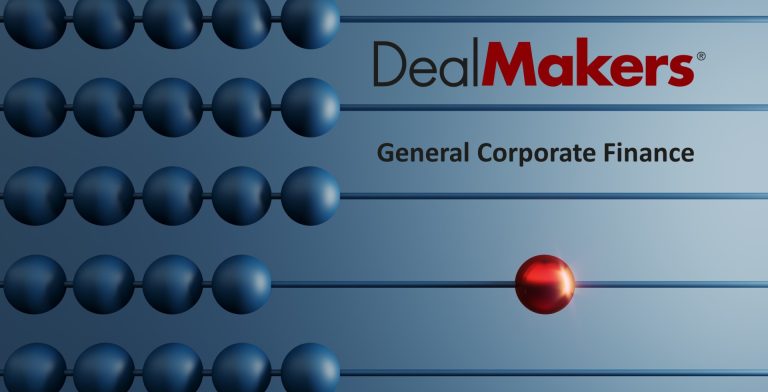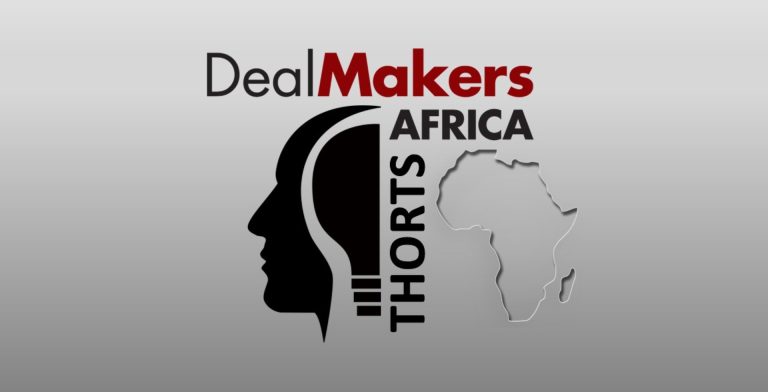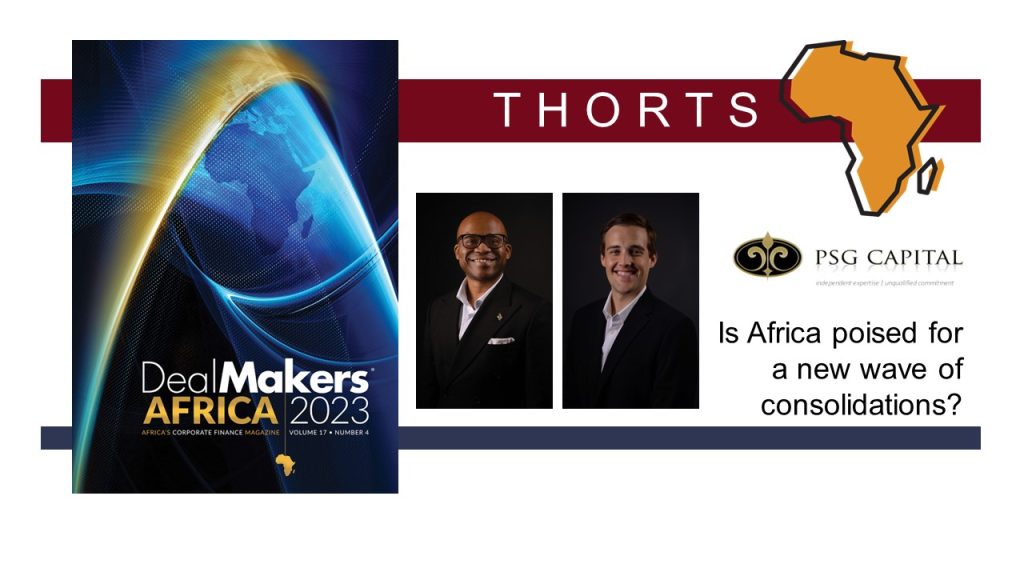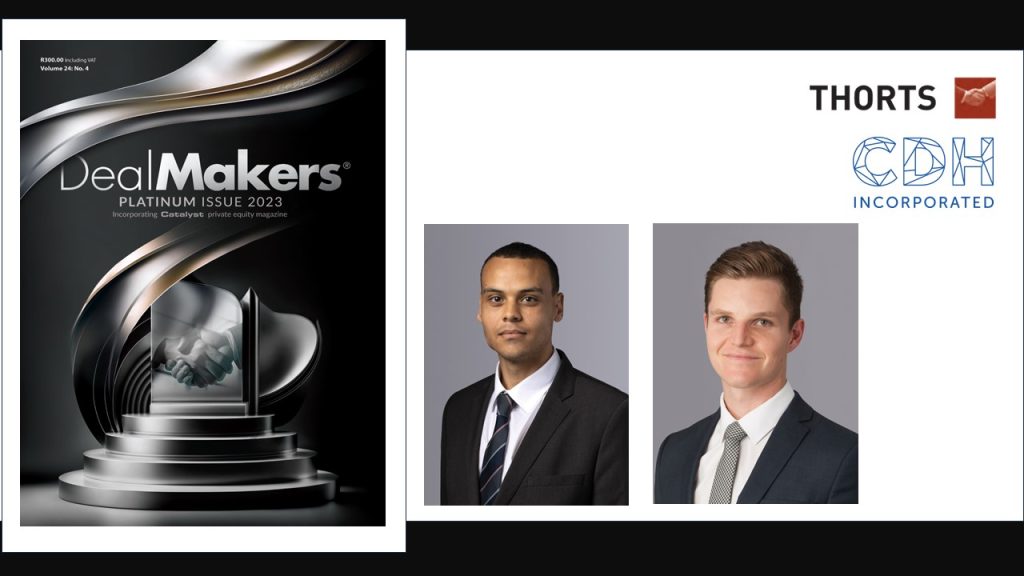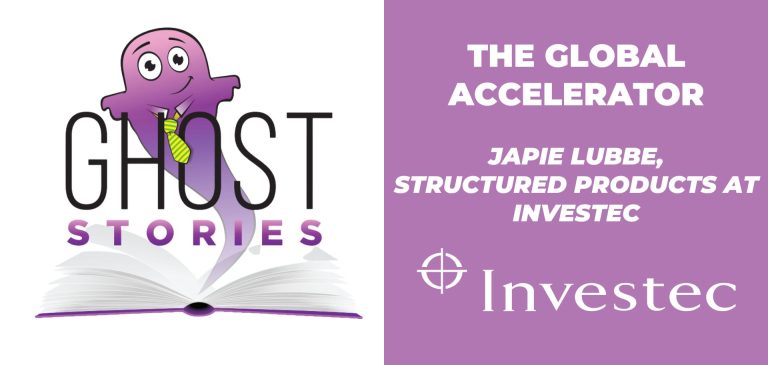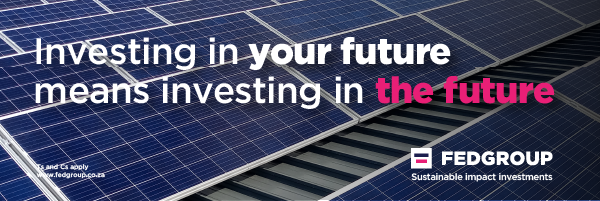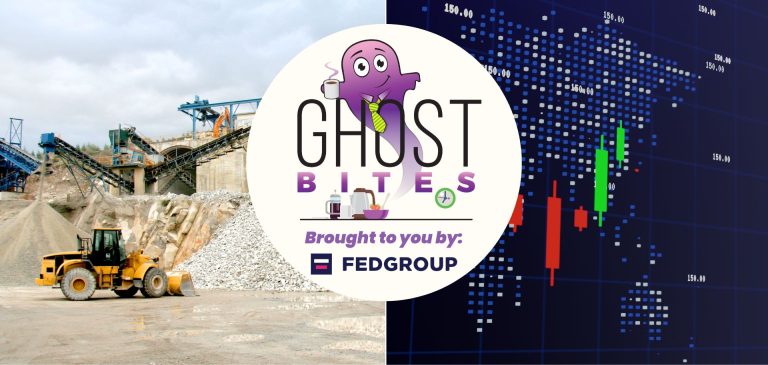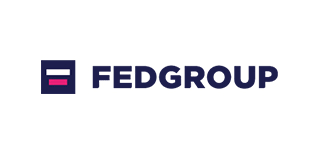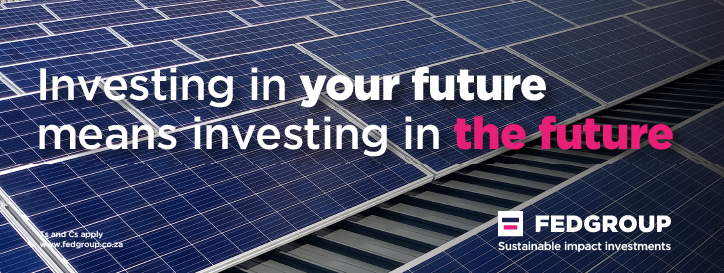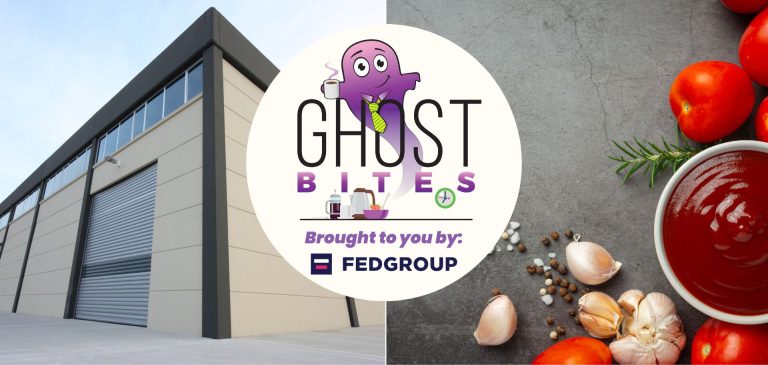Accelerate Property Fund is to raise R200 million via a fully underwritten renounceable rights offer. A total of 500,000,000 APF shares will be issued at R0.40 per share in the ratio of 38,58416 Rights Offer shares for every 100 APF shares held. The subscription price represents a 31.65% discount to the 30-day VWAP of the 16 February 2024. The results of the offer will be announced on June 11, 2024.
Following the results of the scrip dividend election, Fortress Real Estate Investments will issue 22,820,986 new ordinary shares in the company in lieu of an interim dividend, resulting in a capitalisation of the distributable retained profits in the company of R322 million.
Lighthouse Properties will issue 23,583,311 new shares at an issue price of R7.53 per share in lieu of an interim dividend resulting in retained profits of R177,6 million.
Following several cautionary announcements, Trustco has announced it has entered into an agreement with its 23% stakeholder Riskowitz Value Fund (RVF). The parties have agreed on a non-exclusive basis (for a period of six months) that RVF may invest up to $100 million in hybrid capital in Trustco, with no fees payable by either party.
The JSE has advised that aReit Prop has failed to submit its condensed financial statements within the three-month period as stipulated in the JSE’s Listings Requirements. If the company fails to produce its condensed financial statements on or before 30 April 2024, then its listing may be suspended.
A number of companies announced the repurchase of shares:
Between 13 October 2023 and 17 April 2024, Lewis Group repurchased 1,726,296 ordinary shares in the company on the open market. The shares were repurchased for an aggregate R72,9 million, funded from available cash resources. The shares will be delisted in due course. The company may still repurchase 3,69 million shares representing 6.8% of the total issue shares in terms of the General Authority granted at the annual general meeting in October 2023.
British American Tobacco has commenced its programme to buyback ordinary shares using the £1,57 billion net proceeds from its sale of ITC shares. The company will buy back £1,60 billion of its ordinary shares – £700 million in 2024 and the remaining £900 million in 2025. This week the company repurchased a further 880,000 shares at an average price of £22.98 per share for an aggregate £2,0 million.
BHP has repurchased a total of 7,72 million shares across its Australian, UK and South African registers for c.R4,19 billion.
In terms of its US$5 million general share repurchase programme announced in March 2024, Tharisa plc has repurchased 2,389 ordinary shares on the JSE at an average price of R14.83 per share and 190,000 ordinary shares on the LSE at an average price of 64.55 pence. The shares were repurchased during the period April 4 – 12, 2024.
Prosus and Naspers continued with their open-ended share repurchase programmes. During the period 8 to 12 April 2024, a further 4,474,621 Prosus shares were repurchased for an aggregate €133,57 million and a further 251,021 Naspers shares for a total consideration of R841,4 million.
One company issued a profit warning this week: Insimbi Industrial.
Five companies either issued, renewed, or withdrew cautionary notices this week: Salungano, Trustco, Barloworld, PSV and Chrometco.
DealMakers is SA’s M&A publication.
www.dealmakerssouthafrica.com

